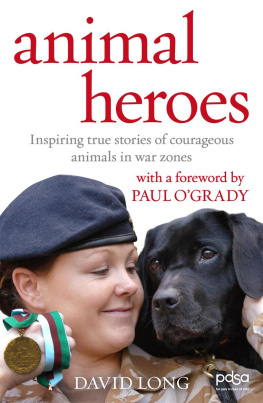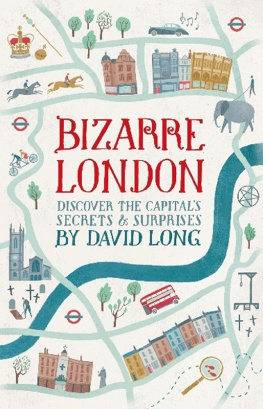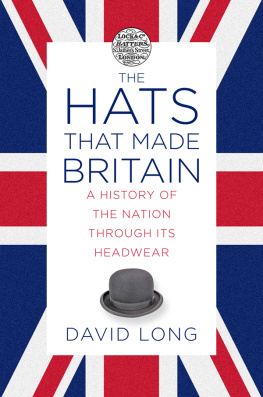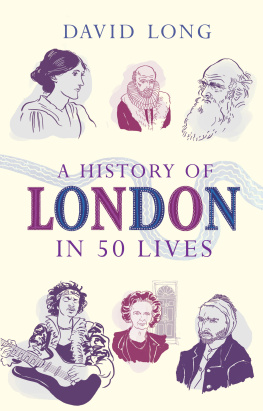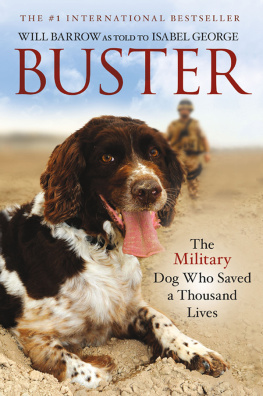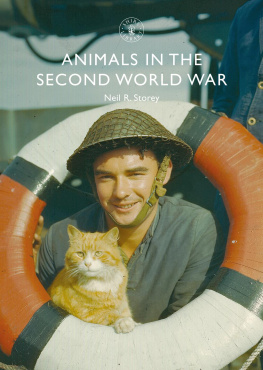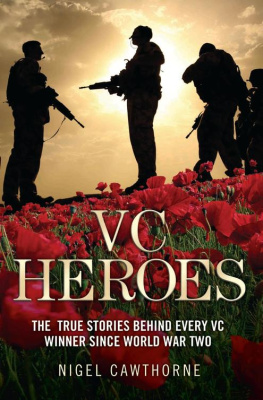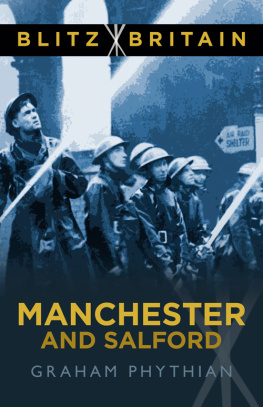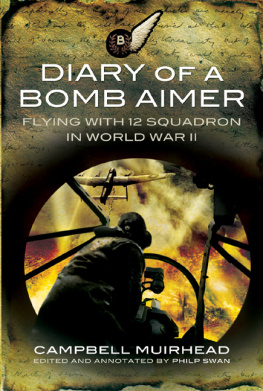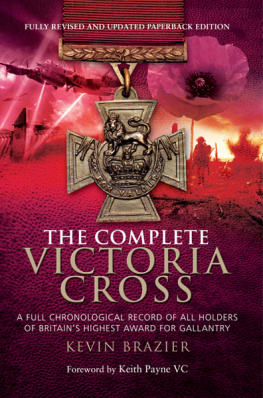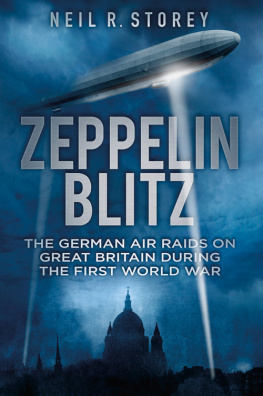Also by David Long
Spectacular Vernacular: Londons 100 Most Extraordinary Buildings
Tunnels, Towers and Temples: Londons 100 Strangest Places
Hidden City: The Secret Alleys, Courts and Yards of Londons Square Mile
Murders of London: In the Steps of the Capitals Killers
The Little Book of London
The Little Book of London Underground
London Underground: Architecture, Design & History
When Did Big Ben First Bong? 101 Crucial Questions about the Greatest City on Earth
Blood, Sweat and Tyres: The Little Book of Motoring
Classic Cars
English Country House Eccentrics
English Eccentrics and their Bizarre Behaviour
Animal Heroes
INSPIRING TRUE STORIES OF COURAGEOUS ANIMALS IN WAR ZONES
DAVID LONG
This ebook is copyright material and must not be copied, reproduced, transferred, distributed, leased, licensed or publicly performed or used in any way except as specifically permitted in writing by the publishers, as allowed under the terms and conditions under which it was purchased or as strictly permitted by applicable copyright law. Any unauthorised distribution or use of this text may be a direct infringement of the authors and publishers rights and those responsible may be liable in law accordingly.
Version 1.0
Epub ISBN 9781448165162
www.randomhouse.co.uk
Published by Preface 2012
10 9 8 7 6 5 4 3 2 1
Copyright David Long 2012
David Long has asserted his right to be identified as the author of this work under the Copyright, Designs and Patents Act 1988
This book is sold subject to the condition that it shall not, by way of trade or otherwise, be lent, resold, hired out, or otherwise circulated without the publishers prior consent in any form of binding or cover other than that in which it is published and without a similar condition, including this condition, being imposed on the subsequent purchaser
First published in Great Britain in 2012 by Preface Publishing
20 Vauxhall Bridge Road
London, SW1V 2SA
An imprint of The Random House Group Limited
www.randomhouse.co.uk
www.prefacepublishing.co.uk
Addresses for companies within The Random House Group Limited can be found at www.randomhouse.co.uk
The Random House Group Limited Reg. No. 954009
A CIP catalogue record for this book is available from the British Library
ISBN 9781848093768
Contents
For All the Unsung Heroes
Foreword
As well as its vital work treating the pets of people in need, PDSA has a long and proud tradition of recognising the bravery and devotion of animals in times of conflict. From pigeons flying behind enemy lines in World War II to Army dogs sniffing out explosive devices in Afghanistan, the charity has rightly drawn our attention to the life-saving deeds of our four-legged and feathered friends.
Commemorating the feats of those who also serve is a valuable reminder that, no matter how sophisticated we become, there are some things that technology can never do as accurately and efficiently as these humble and noble creatures. It is fitting that we remember them in this way, and I hope this book, like the PDSA Dickin Medal itself, succeeds in raising the status of all animals in our society.
Paul OGrady
Friend of the PDSA
Introduction: PDSA, the Allied Forces Mascot Club and the PDSA Dickin Medal
As Peoples Dispensary for Sick Animals was established during the Great War to address one serious aspect of the growing problem of poverty in Londons East End it was perhaps inevitable that the initiative for the Allied Forces Mascot Club in the next war should have come from this same pioneering animal charity.
From its base in central London the club unusual in that it had no human members was created to recognise the increasingly important role being played by regimental and other service mascots. The membership as such included quite a motley collection of dogs, goats, birds, monkeys and at least one fox. Before long it expanded to accommodate many other service animals whose more specialised training saw them working alongside men and women on the home and battle fronts, out at sea and eventually even deep into enemy-held territory.
Having decided to acknowledge these animals valuable contribution in this way, in 1943 the club took the natural step of honouring them too. Most obviously this was done with the introduction of the PDSA Dickin Medal, the only award of its type instituted during World War II and one which was established with the authority of the War Office behind it and the full support of the Imperial War Museum.
It was named for the charitys founder, the animal welfare pioneer Maria Elisabeth Dickin CBE (18701951). A formidable social reformer in her time and extremely well connected, Mrs Dickin recognised that such an award besides being a real and significant morale booster in terrible times would also serve to highlight the important work being done by the PDSA at home and abroad and thus help boost much-needed contributions from donors.
From the first the medal quickly became known around the world as the Animals VC, in part because even at the height of the war such awards were only rarely made, but also because the circumstances leading to an award being made were never anything less than truly exceptional. The Dickin Medal was also unique and remains so in that consideration can only be given to the presentation of the award following a nomination from a recognised authority one of the three services, for example, the police or another law enforcement agency, or an accredited organisation such as the United Nations.
Again like the Victoria Cross the medal itself is deliberately sober in design, a simple but large and weighty garlanded bronze medallion bearing the simple legends For Gallantry and We Also Serve. It is worn suspended from a tricolour ribbon, with the dark green, brown and blue symbolising the three services and the sea, land and air in which they fight. (Early Victoria Crosses similarly sported a red ribbon for army recipients and a blue one for navy until the latter was abolished following the formation of the Royal Air Force in 1918.)
From its inception every member of the AFMC was entitled to a membership badge something akin to a campaign or service medal for combatants but the Dickin Medal was conceived from the start as something very special indeed, to recognise only the most outstanding examples of gallantry and devotion . Because of this, and while it has been awarded to a variety of horses, dogs, one cat and British and Allied birds who have seen action or engaged with the enemy in many different countries around the globe, a mere 63 medals have been struck in nearly 70 years.
The very first awards made were to birds, three carrier pigeons involved in locating downed aircrew by providing important clues as to their likely positions. These birds must be counted among the many hundreds of thousands of such creatures which, volunteered by their owners, provided Allied forces with the sort of fast and secure communications that genuinely saved lives. More recently medals have been presented to trained specialist dogs engaged in hunting arms and explosives in the Gulf and Afghanistan, and to those aiding the massive rescue and recovery operation in central New York which followed the shattering attacks of 9/11.
Wherever the animals served, the citations for all 63 medal recipents stand first and foremost as an appropriate and solemn monument to the animals themselves. Looking back, their stories also provide us with unique and vivid snapshots of their respective actions and the background of war or terror against which these were played out, and of course as such they prove by turns engaging and uplifting and, as often, sad and deeply moving.
Next page
